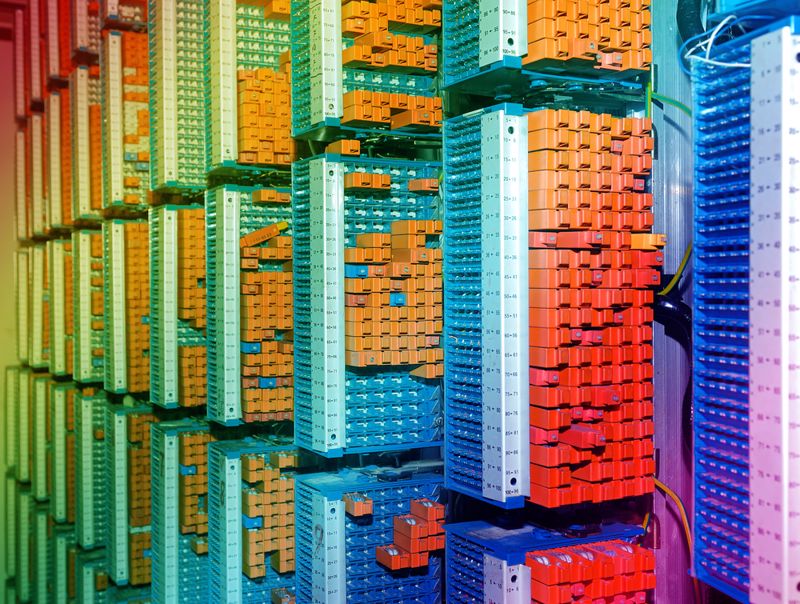
Future-proofing your network
By Max BurkhalterFebruary 4, 2021
Future-proofing your network means your organization must let go of legacy designs which are inefficient and inflexible. These outdated systems are often built to support specific use cases and are incapable of modification for use with new networks, services and applications.
Cloud adoption is being driven by the inability of legacy systems when it comes to adapting to changing market conditions and customer expectations. With 5G connectivity providing greater bandwidth and speed, traditional network designs that require additional hardware to expand capacity are falling out of popularity. The cost of purchase, deployment and commissioning of new hardware for each added service is extremely prohibitive. Running and maintaining legacy networks while hosting and powering aging equipment and infrastructure components requires skill sets and spare parts that are in short supply.
The future of network architecture
Networks of the future will be scalable, and they will be capable of increasing bandwidth between data centers and locations with remote configuration and provisioning. There will be no need to upgrade hardware, as the software can be updated remotely. These systems will be able to stay ahead of traffic demands by being built with scalability in mind.

Future networks will also be power efficient and conserve space. Legacy network infrastructure mandated the purchase and implementation of new hardware to expand capacity and provide support for new or updated services at regular intervals, however, the sprawling infrastructure often driven by legacy IP routers is unsustainable. Higher power and cooling costs, maintenance support and other operating expenditures combined with limited scalability have stunted organizational growth. IP and Ethernet platforms are fully scalable, cost effective and future-proof.
Automation in multi-vendor environments
Automation will be the next step to limiting unnecessary resource expenditures. When provisioning, routing, bringing new services to market and other tasks are automated, available capacity can be leveraged for maximum optimization. In multi-vendor environments, intelligent automation and digital transformation can facilitate speedier business processes and support key components such as software updates in real time.
Perle will continue to bring you the latest industry news, including updates on future-proofing. Also, be sure to take a look at some of our customer success stories to learn how we can assist you.



